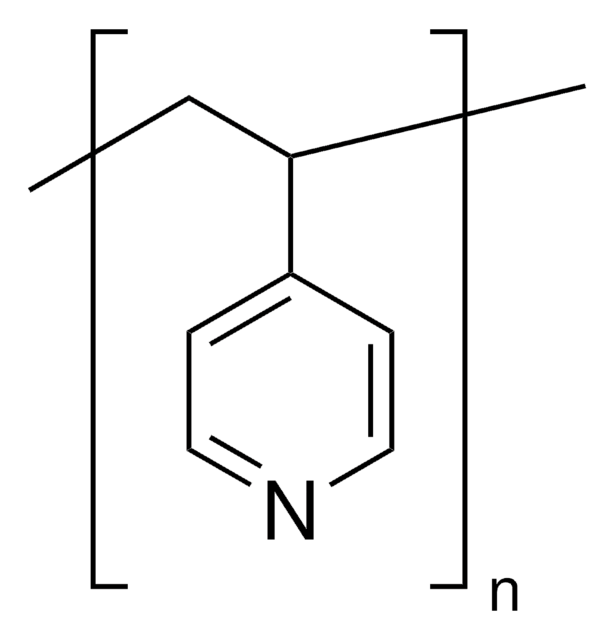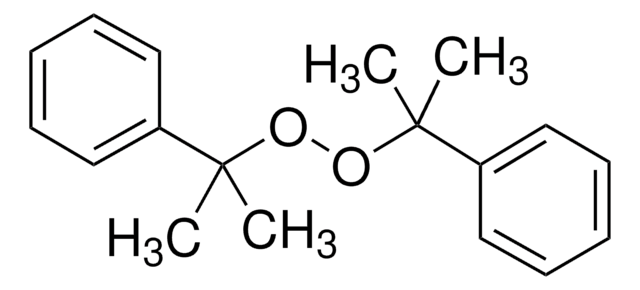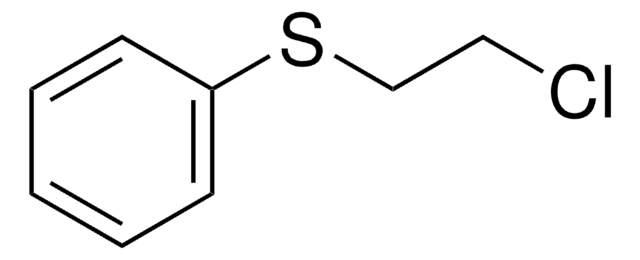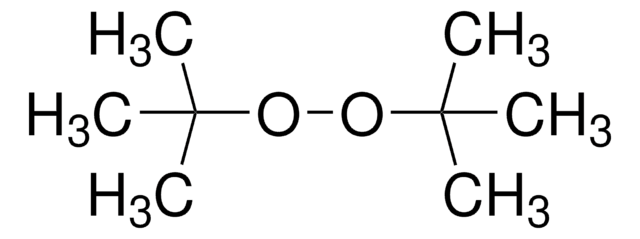09-1680
2-Ethoxyethanol
SAJ special grade, ≥99.0%
Synonyme(s) :
Ethyl glycol, Ethylene glycol monoethyl ether
About This Item
Produits recommandés
Qualité
SAJ special grade
Densité de vapeur
3.1 (vs air)
Pression de vapeur
3.8 mmHg ( 20 °C)
Pureté
≥99.0%
Forme
liquid
Température d'inflammation spontanée
460 °F
Limite d'explosivité
14 %
Disponibilité
available only in Japan
Indice de réfraction
n20/D 1.407 (lit.)
Point d'ébullition
135 °C (lit.)
Pf
−90 °C (lit.)
Densité
0.93 g/mL at 25 °C (lit.)
Chaîne SMILES
CCOCCO
InChI
1S/C4H10O2/c1-2-6-4-3-5/h5H,2-4H2,1H3
Clé InChI
ZNQVEEAIQZEUHB-UHFFFAOYSA-N
Vous recherchez des produits similaires ? Visite Guide de comparaison des produits
Catégories apparentées
Mention d'avertissement
Danger
Mentions de danger
Conseils de prudence
Classification des risques
Acute Tox. 3 Inhalation - Acute Tox. 4 Oral - Flam. Liq. 3 - Repr. 1B
Code de la classe de stockage
3 - Flammable liquids
Classe de danger pour l'eau (WGK)
WGK 2
Point d'éclair (°F)
104.0 °F - closed cup
Point d'éclair (°C)
40 °C - closed cup
Équipement de protection individuelle
Eyeshields, Faceshields, Gloves, type ABEK (EN14387) respirator filter
Certificats d'analyse (COA)
Recherchez un Certificats d'analyse (COA) en saisissant le numéro de lot du produit. Les numéros de lot figurent sur l'étiquette du produit après les mots "Lot" ou "Batch".
Déjà en possession de ce produit ?
Retrouvez la documentation relative aux produits que vous avez récemment achetés dans la Bibliothèque de documents.
Notre équipe de scientifiques dispose d'une expérience dans tous les secteurs de la recherche, notamment en sciences de la vie, science des matériaux, synthèse chimique, chromatographie, analyse et dans de nombreux autres domaines..
Contacter notre Service technique










